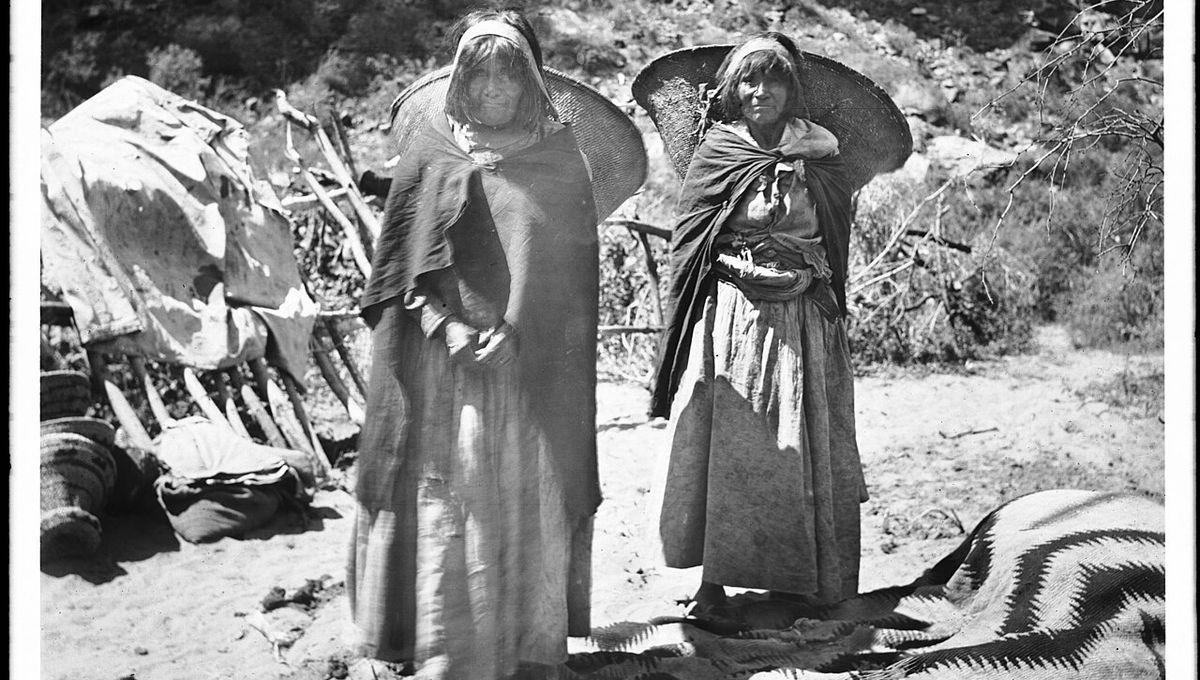-
Nieuws Feed
- EXPLORE
-
Pagina
-
Blogs
-
Forums
The Tribe That Has Lived Deep Within The Grand Canyon For Over 1,000 Years

The Tribe That Has Lived Deep Within The Grand Canyon For Over 1,000 Years
The Grand Canyon is so immense and otherworldly that it can feel distant from the day-to-day life of most humans. But for some people, this awe-inspiring natural wonder is their ancestral home.
The rest of this article is behind a paywall. Please sign in or subscribe to access the full content. Eleven tribes have deep historical connections to the lands associated with or bordering the Grand Canyon National Park, according to the National Park Service. These include the Havasu’baaja (Havasupai Tribe), the Hopi Tribe, the Hwal’bay (Hualapai Tribe), the Nungwu (Kaibab Band of Paiute Indians), the Las Vegas Paiute Tribe, the Moapa Band of Paiute Indians, the Diné (Navajo Nation), the Paiute Indian Tribe of Utah, the San Juan Southern Paiute Tribe, the A:shiwi (the Pueblo of Zuni), and the Yavap’e-Nṉéé (Yavapai-Apache Nation). However, one of these tribes continues to live within the Grand Canyon, below its rim at the base of the valley: the Havasupai. They settled here long before European colonizers arrived on the continent, and, according to the tribe's website, their presence in the valley is over 1,000 years long. Havasupai means “people of the blue-green waters,” referring to Havasu Creek, a tributary river that runs through the Havasupai Indian Reservation, featuring dramatic waterfalls and beautiful pools of brilliantly blue water. The waters of Havasu Creek are incredibly blue due to the abundance of dissolved minerals, particularly calcium carbonate, in the water. Image credit: andyjphotos/Shutterstock.com The capital of the reservation is Supai, a tiny village on the valley floor with a population of around 200 people. It isn’t accessible by car. The only ways to reach it are a 13-kilometer (8-mile) hike or a helicopter flight, and all visitors must secure a permit before venturing into the area. While there is a small lodge in the village, most visitors stay at a campsite located over 3 kilometers (2 miles) away. Given its extreme location, it’s sometimes called the most remote community in the US. Remarkably, though, the US Postal Service still services the area, where they use mules to deliver mail. Historically, the lifestyle of the Havasupai was a cyclical migratory culture, spending the winters hunting, gathering, and trading on the plateau and pines above the canyon, then moving down into the canyon during the summer to farm corn, beans, and squash in irrigated fields. The church in Supai Village, Havasupai Indian Reservation, Arizona, United States. Image credit: joojoob27/Shutterstock.com Havasupai traditionally speak a language that’s part of the Yuman family of languages, a branch of the broader Hokan language group. Today, many people living in Supai follow the teachings of the Havasupai Bible Church, known as the most remote church in the US. However, like other Yuman tribes, their traditional spiritual beliefs focused on shamanism, dreams, and spirits. They also held a strong belief in the afterlife, with each person’s soul thought to leave the body during dreams and at death, traveling to a sky-world beneath a great dome. After death, the soul becomes a ghost that can interact with the living world. The preservation of their culture hasn’t come easily. Like all Native American groups, they struggled against the intrusion of Western pioneers in the 19th century. When the Grand Canyon National Park was established in 1919, the tribe was restricted to a small reservation at the bottom of the canyon. This cut them off from their ancestral plateau lands, disrupting the seasonal movements that had long sustained their way of life. It wasn’t until the 1970s that the US government eventually returned 101,576 hectares (251,000 acres) of land to the Havasupai. “This is our ancestral and spiritual home,” Bonnie Wescogane, Secretary of the Havasupai Tribal Council, told BBC Travel in 2018. “We are the falls, the water that flows through our village and canyons that surround us.” New threats have since arrived, however. In July 2024, uranium ore started to be hauled out of a controversial mine located just south of Grand Canyon National Park. Together with other Native groups, the Havasupai Tribe has vehemently opposed the mine, arguing that it runs the risk of "desecrating one of our most sacred sites and jeopardizing the existence of the Havasupai Tribe.” 



